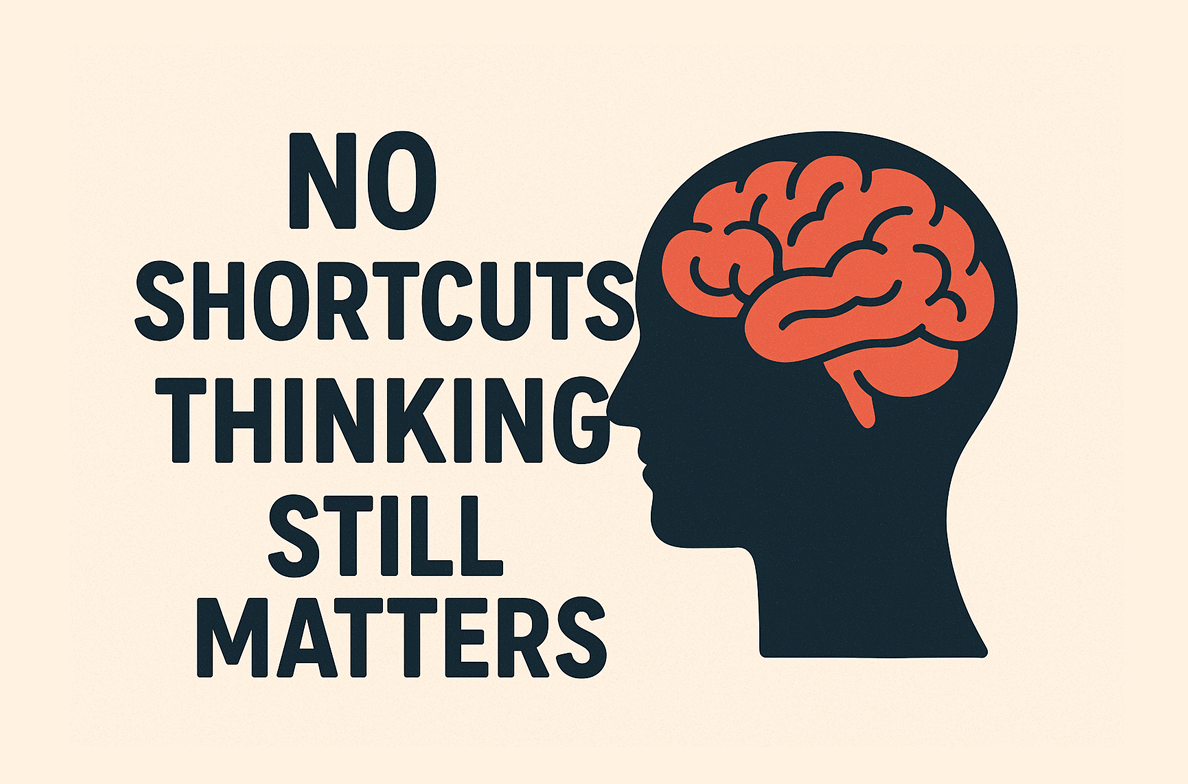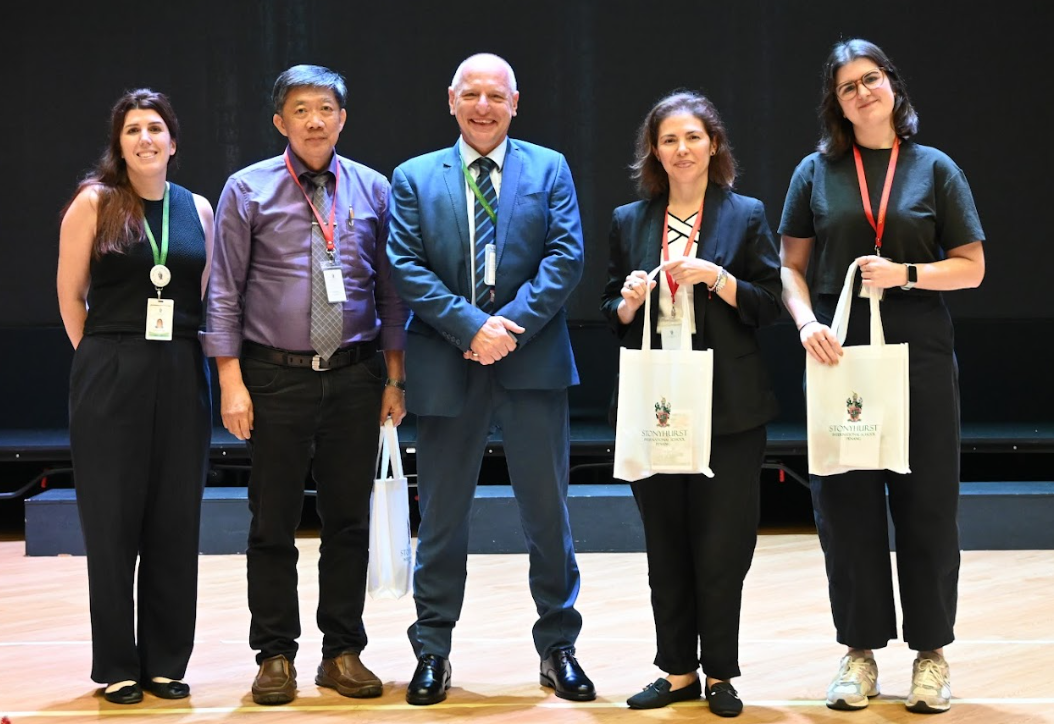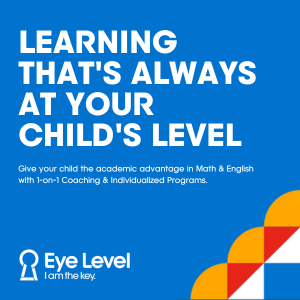Written by Li-Yeng Choo
A comfortable, well-designed space can help your child concentrate and facilitate learning. It can also reduce the likelihood of painful health conditions that may emerge as they grow older. The cultivation of healthy study habits that your children can take into adulthood will have a positive impact on their current and future well-being.
Here is a guide to help you and your child co-design a good home-learning space and develop practices that will keep them happy and healthy as they study.
Help your child understand how they learn best
Everyone works and learns differently, there is no ‘one-size-fits-all’ solution. It follows then that how a learning environment is set-up will also differ from child to child. It is important to first understand and be aware of the factors (physical, environmental, emotional, behavioural, and task-related) that help your children produce their best work. Some questions that you can work through together in this self-awareness exercise are provided below:
- What helps your child focus? It may be having a clear, uncluttered desk or a block of time followed by a break.
- What distracts your child? Is it background noise? Is it the many notifications on his devices?
- What tires them out? They may be affected by the hot weather or, perhaps, by prolonged screen time.
- What tasks require more of their concentration, time, and effort? These may be better done when they have the most energy and focus.
- How much time can your child spend on learning or doing homework before the starts fidgeting? What other signs of fatigue does your child exhibit which indicate that he needs a break?
- What helps your child recharge? Getting out of the chair and moving around is one of the most common ways to re-energise.
- What types of environment and equipment help children learn most effectively and efficiently? A comfortable chair or a quiet, designated study area? Or proper lighting if the room is dark?
- Is there a particular time of day that they are most energetic and creative?
- What is their learning style? Are they social learners preferring to learn with others or in groups or do they learn better on their own?
- What are their learning habits? Do they take enough breaks? How do they plan or organise their work?
Once the main needs are identified, you and your child may then move on to plan how to tackle the different factors. Usually this will include a mix of buying equipment or accessories, planning routines and breaks, modifying the existing learning space, nurturing positive habits, and reducing if not eliminating altogether unhelpful behaviours.
Do remember that this process is a journey. Not everything has to be fixed and sorted on Day 1 itself. Depending on your context, resources, and constraints (time and financial), it is always best to nail down a few areas that will make the most impact. This is what you will need to improve first.
Sometimes, needs change over time as well and it is good to remain flexible and review your child’s requirements at different points in time as they grow, develop, and mature.

Image from Habilitar Limited
More than just a chair and table
It is important to take a multi-dimensional and holistic approach. There are many aspects to a healthy learning space, with each aspect possibly having an impact on another. Thus it is not enough to just focus on furniture and equipment.
A healthy learning set-up also takes the environment into account, i.e., the lighting, air quality, ventilation, temperature, and whether the surroundings are safe, and clear of clutter and tripping hazards such as electrical cables.
Improving one’s learning environment does not have to be a costly exercise. Always look at what you have that can be used or adapted at no cost or low-cost DIY solutions. An example is using cushions to prop up your child’s seat while he sits to study at the dining table (the dining table height is usually higher than the recommended working height). If their feet cannot reach the floor, use a footstool or box.
It is NOT just about sitting up straight
There is usually an over-emphasis on maintaining an upright posture while studying and working. It is actually more critical to get out from the chair, move away from the desk and get active.
There is no one ideal posture as all postures have the potential to cause pain and discomfort, even if you have a good physical set-up or chair. Being comfortable, relaxed and supported and breaking up prolonged postures by alternating between a variety of positions or activities is more important than a fixed type of posture.
Stop to look at the trees and smell the flowers (yes literally!)
Scheduling in and taking breaks help enhance productivity and creativity. These breaks also help improve memory, alertness, and concentration. Breaks do not have to be long to have a positive impact. Even microbreaks of just a few minutes can make a difference.
Breaks that involve physical activity or movement are a great way of relieving stress and mental loads while keeping muscles and joints healthy at the same time.
Nature, sunlight, and fresh air are enormously beneficial to our mental health, no matter what your age is. Research has shown that being outdoors for 20 minutes a day can help lower stress hormones. Exposure to natural light, and time spent looking at distant objects in nature could be linked to a reduced risk of short-sightedness. This is particularly important for children today as they spend so much time on screens.

Image from Habilitar Limited
Start them young on healthy habits
The influence of sleep quality, nutrition, level of physical activity, and stress management are often under-estimated. In fact, paying attention to these factors are often what makes the most difference to one’s health and well-being. And health is intricately connected to fulfillment in education.
It takes time and consistency to build up our knowledge about health and to cultivate healthy habits, and practices. It may feel overwhelming at the beginning to try to address all these big health goals. The key is taking small steps, making one change at a time. Be encouraged that once you start making in-roads in one aspect, it also results in benefits in other areas. For example, moving more each day not only helps your physical health but also improves your mental well-being and quality of sleep. And the good news is that research has shown that just 10 minutes of any kind of movement can help enhance one’s physical and mental health, so it does not take a lot to start seeing gains.
With parents serving as their children’s model, support and guide, the latter will be motivated to become good, healthy learners and also be able to manage their health, well-being, productivity, and performance in school and college and also at their future workplace as adults.

Image from Habilitar Limited
Li-Yeng, founder of Habilitar, is a physiotherapist with extensive and diverse experience in health and education. Habilitar is all about simple, contextual, and actionable musculoskeletal health education. Its purpose is to promote musculoskeletal well-being throughout one’s life course and to reduce the risk and occurrence of musculoskeletal disorders.
© 2021-2023 HABILITAR LIMITED. ALL RIGHTS RESERVED.


































